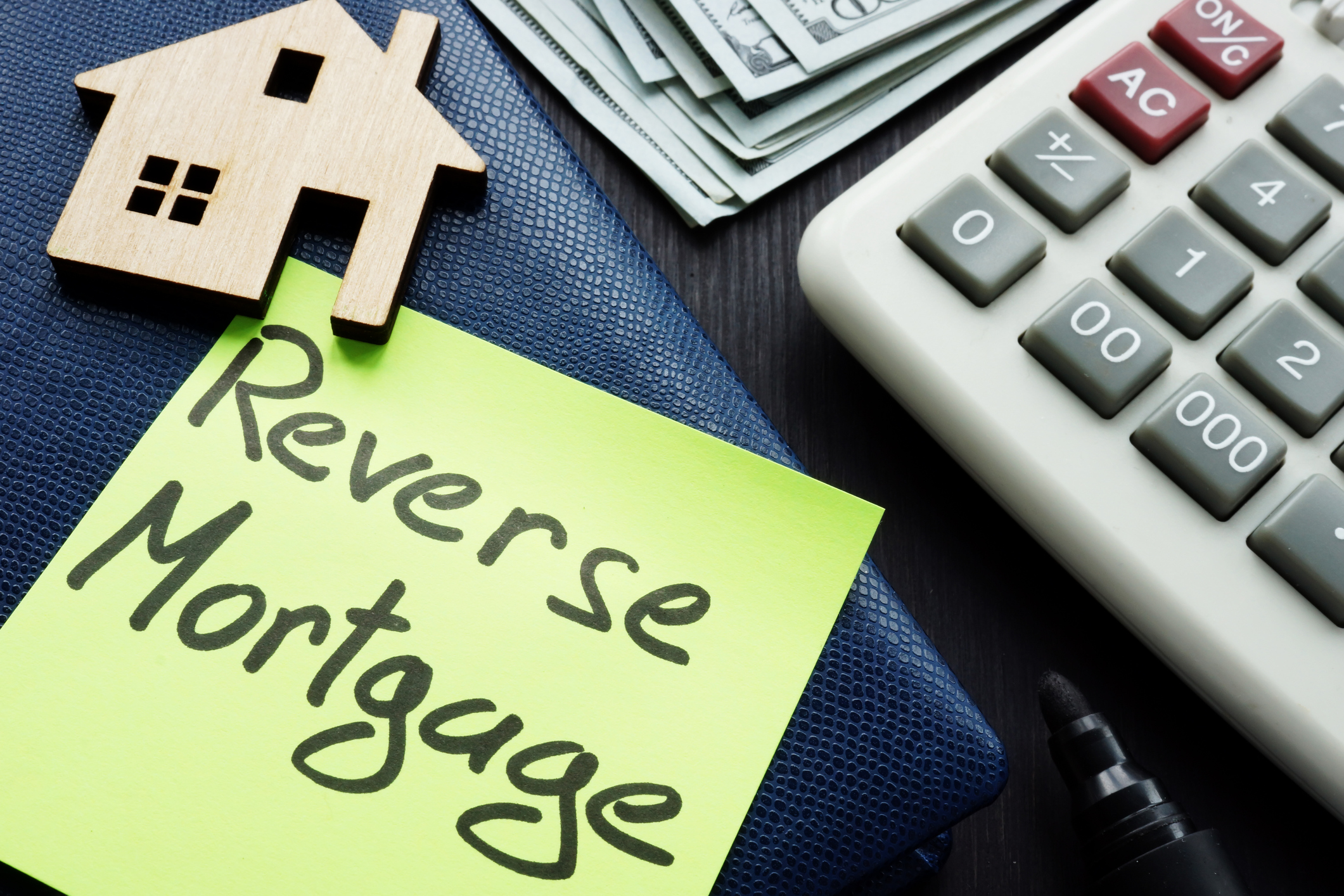Reverse mortgages don’t deserve their less-than-savory reputation. These days, reverse mortgages are heavily regulated by the US Department of Housing and Urban Development (HUD) and highly commoditized so the risk of outright malfeasance is slim—especially with Home Equity Conversion Mortgages (HECMs), the type that dominates the market. While today’s reverse mortgages are rarely scams, there are other concerns—their fees are steep, with upfront costs that can reach $30,000 for a $1 million home…and they’re often used for the wrong reasons.
What is a reverse mortgage?
A reverse mortgage allows homeowners age 62 and older to tap the value of their home while continuing to live in it. No payments are due on the money borrowed until the homeowner moves out or dies. Retirees often take out these loans deep into retirement when they have depleted their savings. Caution: Retirees in such situations often run through the money raised by their reverse mortgages, leaving them back in dire financial straits.
When to use a reverse mortgage?
The savvier use of a reverse mortgage is as a retirement-portfolio–protection tool. A retiree establishes a reverse mortgage line of credit while still in a strong financial position—but taps that line of credit only if the stock market declines. The reverse mortgage serves as a source of income until the stock market rebounds, so the retiree doesn’t have to sell stocks at inopportune times. Studies by academics at University of Connecticut and Texas Tech University independently concluded that this approach can dramatically reduce the odds retirees will outlive their savings.
Evaluating reverse mortgage offers
Choosing among HECM offers boils down to several factors…
Up-front costs. The largest component of HECM up-front costs is a 2% mortgage insurance premium, which is non-negotiable and won’t vary from lender to lender. Example: If you have a $1 million home, the mortgage insurance premium will be $20,000.
Lender origination fees. These are capped at the larger of $2,500 or 2% of the first $200,000 in home value plus 1% of the value above $200,000, up to a maximum of $6,000. Some lenders charge less than these caps. Additional closing costs include appraisal and title search fees, which are paid to third parties.
Caution: You might encounter a reverse mortgage lender that promises “no out-of-pocket costs.” This lender is still charging fees but is taking them out of the money generated by the reverse mortgage. There’s nothing wrong with this, but it’s troubling if a lender attempts to hide these costs from the borrower.
Margin rate. This is the number of percentage points added to the adjustable interest rate imposed on the mortgage’s loan balance. It varies from lender to lender. Rule of thumb: It usually is worth paying slightly higher up-front fees to obtain a lower margin rate…but a reverse mortgage with lower up-front costs and a slightly higher margin rate could be the stronger choice if there’s no expectation that the reverse mortgage’s line of credit will be tapped soon.
Warning: If a financial pro suggests using a reverse mortgage to finance an investment, walk away. Government rules prohibit financial advisors from steering clients into reverse mortgages for this purpose, so any advisor who does so cannot be trusted.


